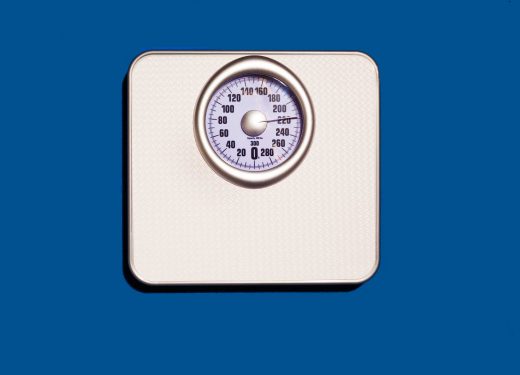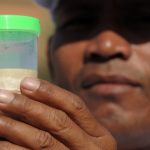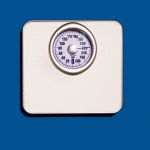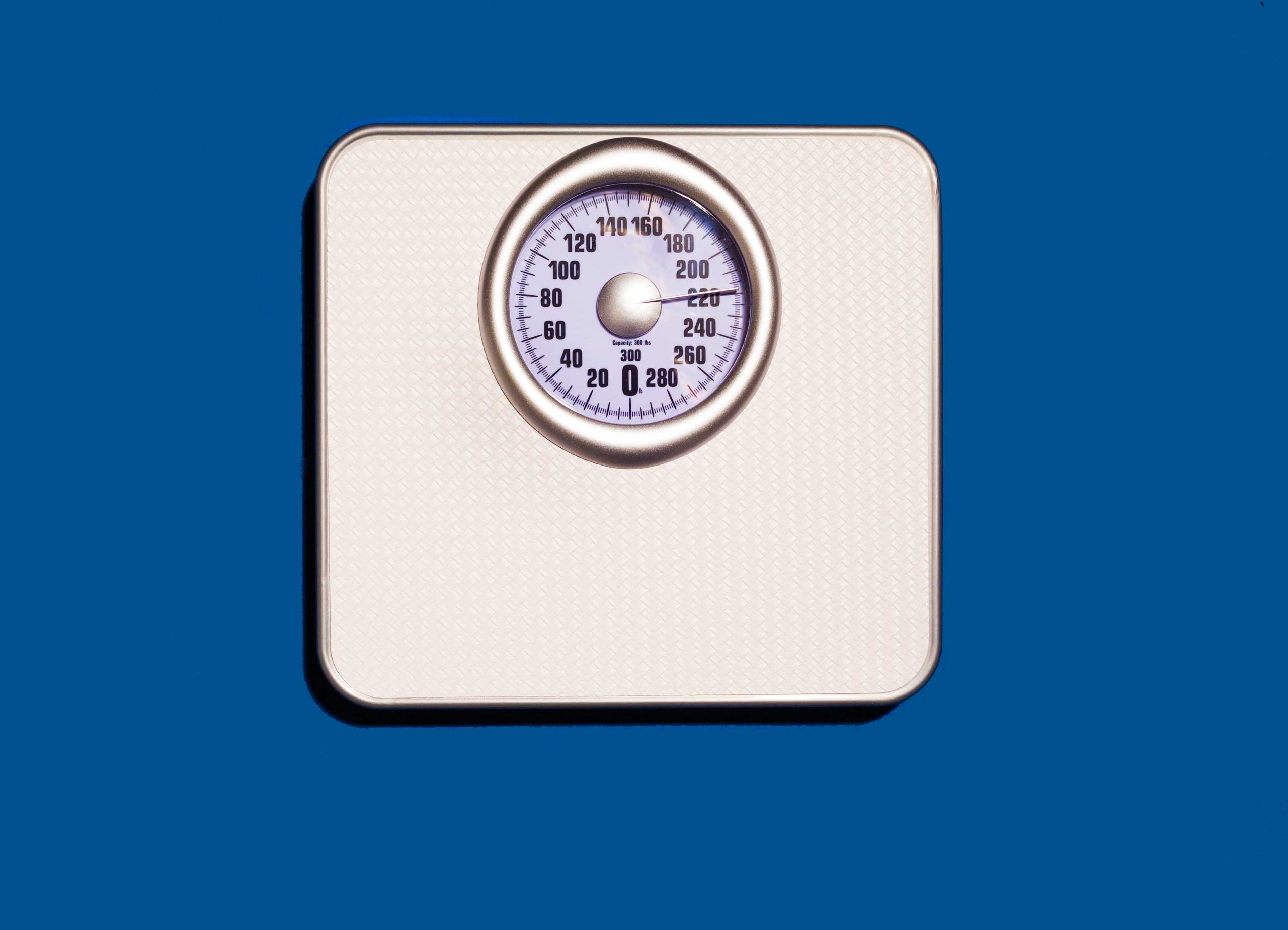This Weight Loss Pill Inflates a Balloon In Your Stomach
This Weight Loss Pill Inflates a Balloon In Your Stomach

It sounds like a load of hot air. But it’s now possible for some people to lose weight by inflating a balloon inside their stomach, according to the results of a new study.
The device, created by the California company Obalon, is a deflated balloon stuffed inside a small capsule. Attached to the pill is a thin catheter, and when it’s swallowed, the tube sticks out. Once the pill hits the stomach, the balloon is released, and a doctor pumps gas into the tube to inflate the balloon. The tube is then pulled out and the balloon remains, taking up room in the stomach and, in turn, curbing appetite. Multiple balloons can be inside the stomach at the same time.
“The balloons work by taking up space in your stomach and making you feel full earlier in the meal,” says study author Dr. Shelby Sullivan, assistant professor of medicine at Washington University School of Medicine in St. Louis. “Patients definitely feel more full and eat less with it.”
Obalon is currently approved in Europe, but hasn’t been approved by the U.S. Food and Drug Administration (FDA). The new trial, which was funded by the company, was designed to seek that approval. A similar approach, called an intragastric balloon, is FDA-approved, though it is not covered by insurance. One intragastric balloon company, called ReShape Integrated Dual Balloon System, received FDA approval in 2015; the balloons are filled with saline and the procedure costs $ 7,000-$ 9,000, according to the company.
It’s unclear whether Obalon would be covered by insurance if it receives FDA approval, and the company has not yet decided on a price. Potential side effects, according to the website, are cramping, nausea and vomiting. (The final list of side effects has not been issued, as research is ongoing; there could be others.)
In the research, presented at the gathering of gastrointestinal experts known as Digestive Disease Week, Sullivan and her colleagues gave 387 people with obesity across 15 centers in the U.S. a trio of pills to take once every three weeks. Some were placebos, while other pills contained the balloon. Nobody could tell if they were getting the three balloons, because the sugar pills were also attached to a catheter. In addition to the pills, everyone in the study received lifestyle therapy.
At the end of six months, the balloons were removed by puncturing them with an injector needle.
People who swallowed the balloons lost 6.8% of their total body weight—nearly twice as much as the control group, which lost 3.5%. The balloon swallowers also had significantly improved blood pressure and cholesterol levels. And 64% of people who swallowed the Obalon pills lost at least 5% of their total body weight, compared to 32% of the control group. However, almost 90% of people in the study experienced side effects, mostly mild abdominal cramping and nausea.
“I think there are really a lot of people who can benefit from this therapy,” Sullivan says. “The reality is we’re treating very, very few patients adequately for obesity.”
Balloons alone won’t solve the rising rates of obesity. “While the devices can make you feel full earlier with a meal, they’re not going to make you want to eat broccoli or go out and exercise,” Sullivan says. That’s why lifestyle changes in diet and physical activity are also important to incorporate. But for some, a little extra air appears to help.
(44)









